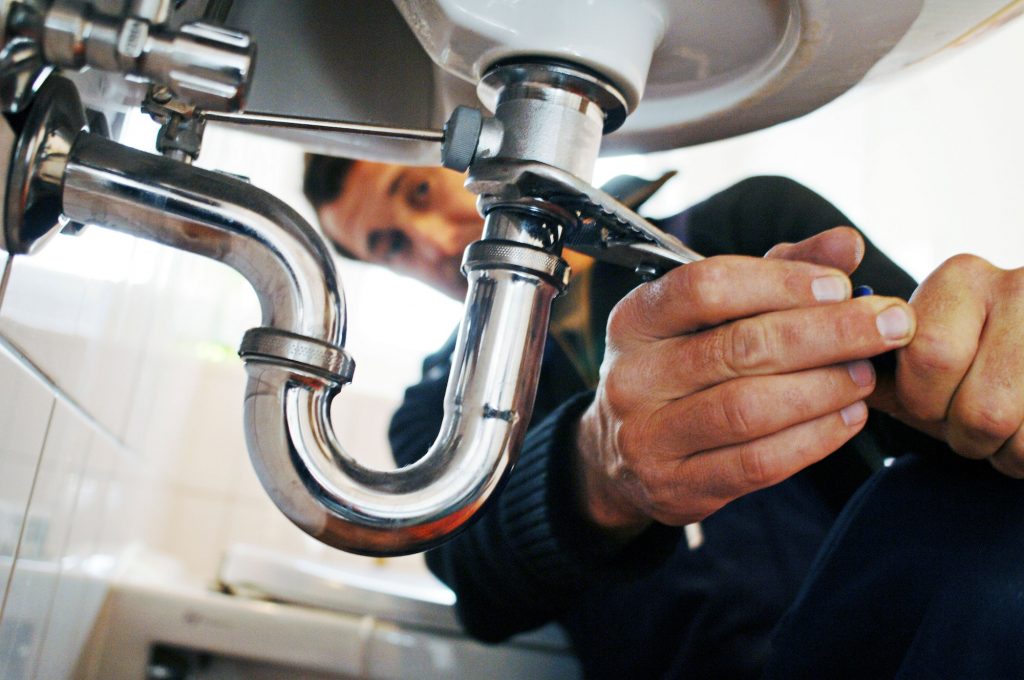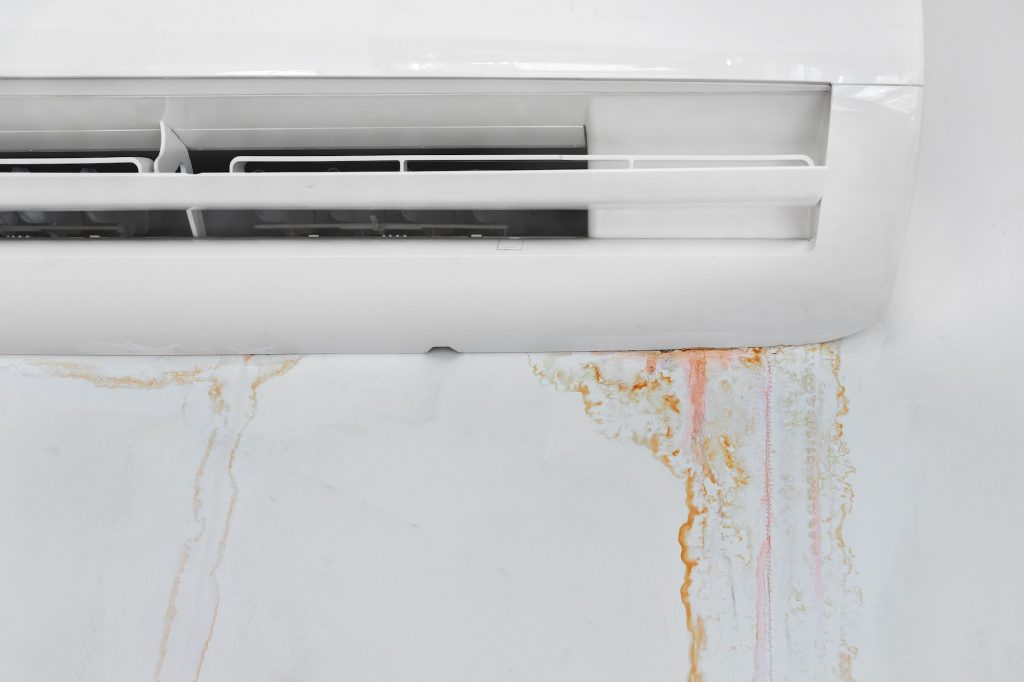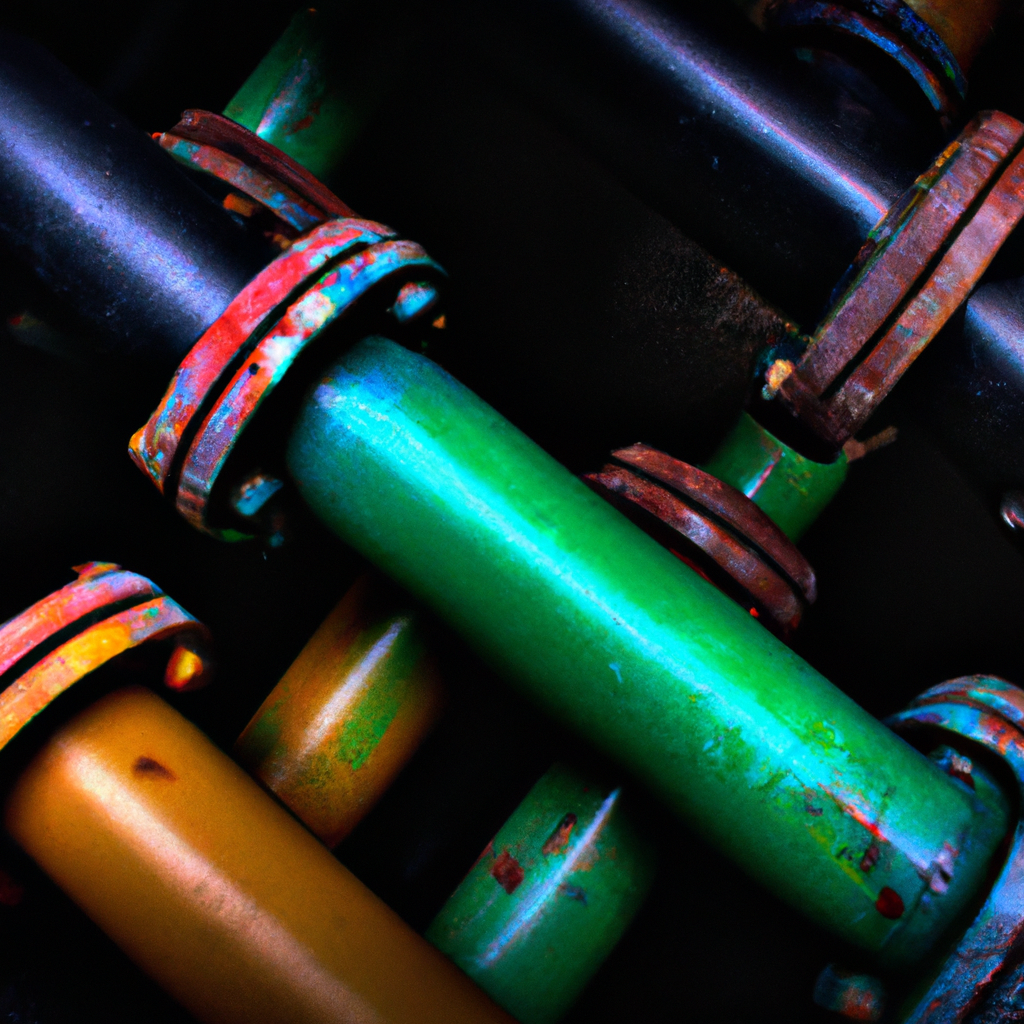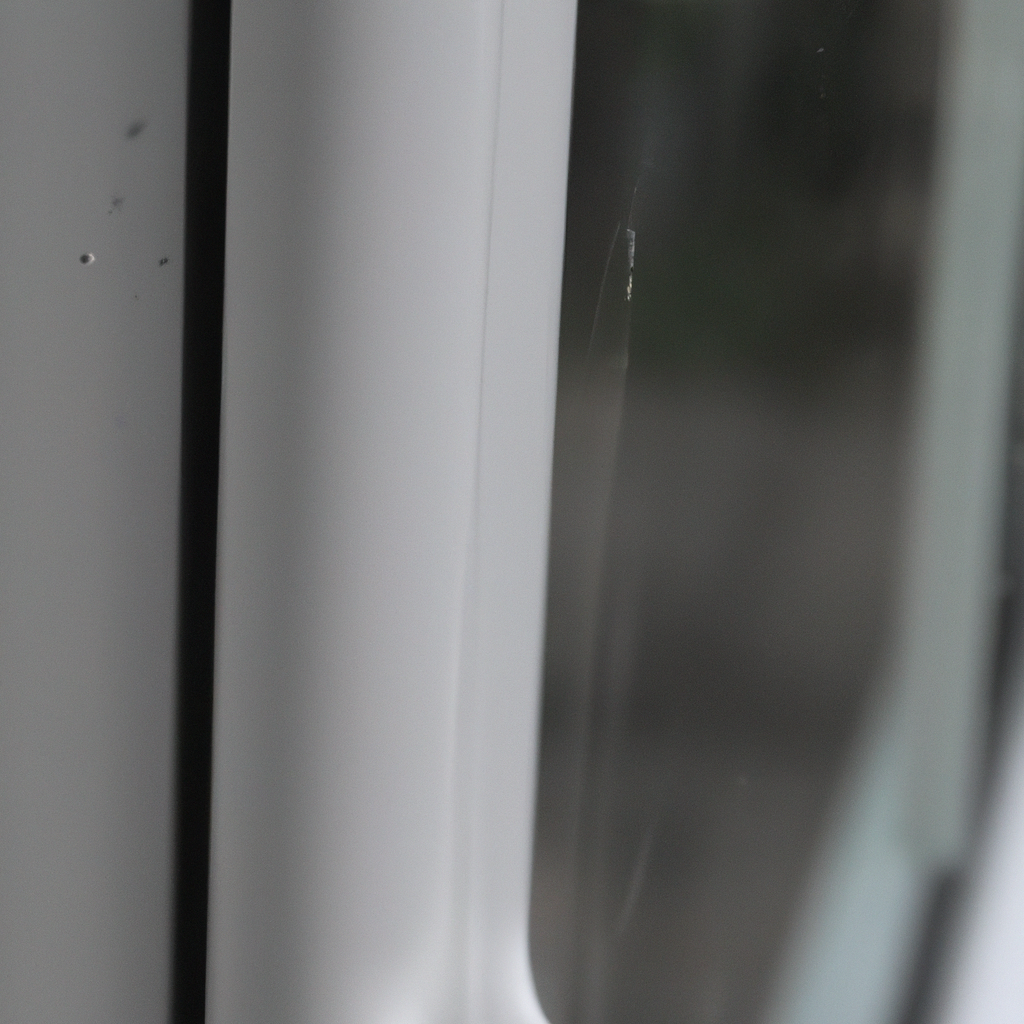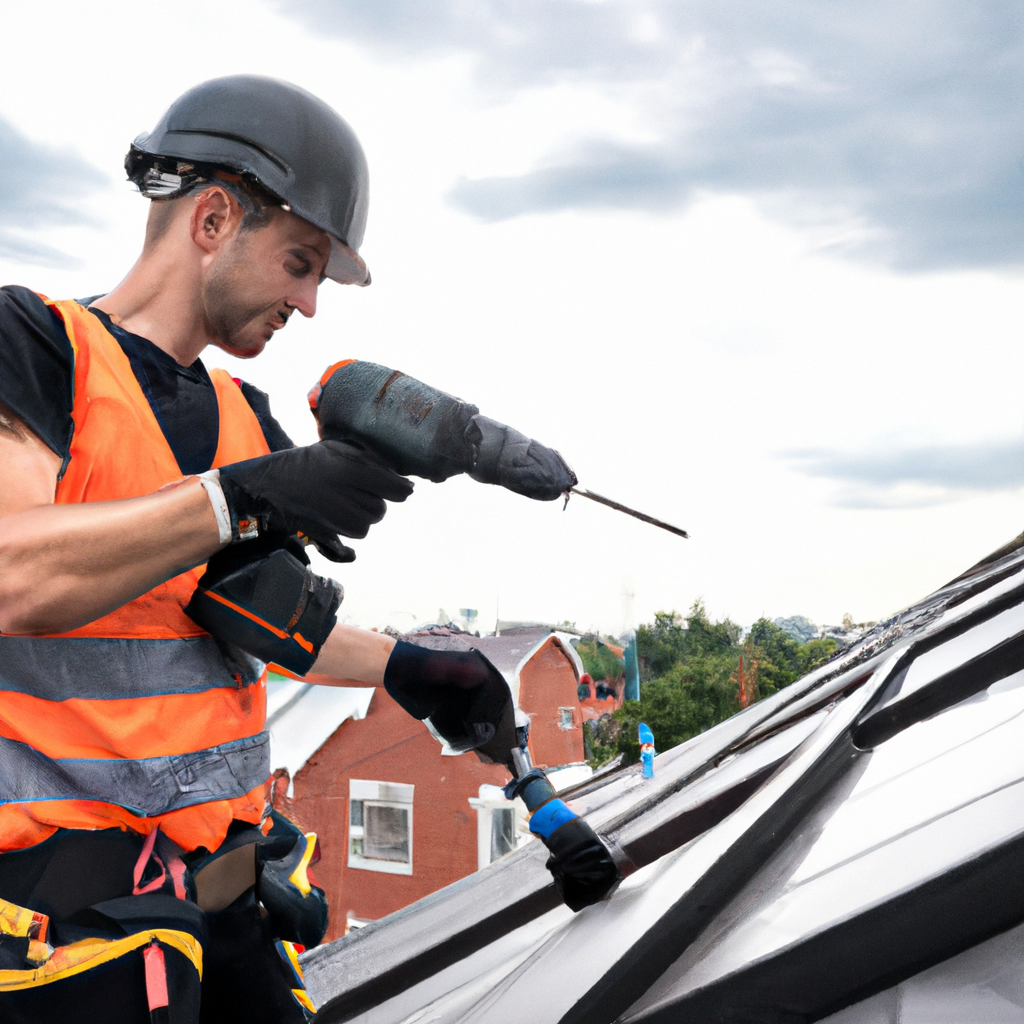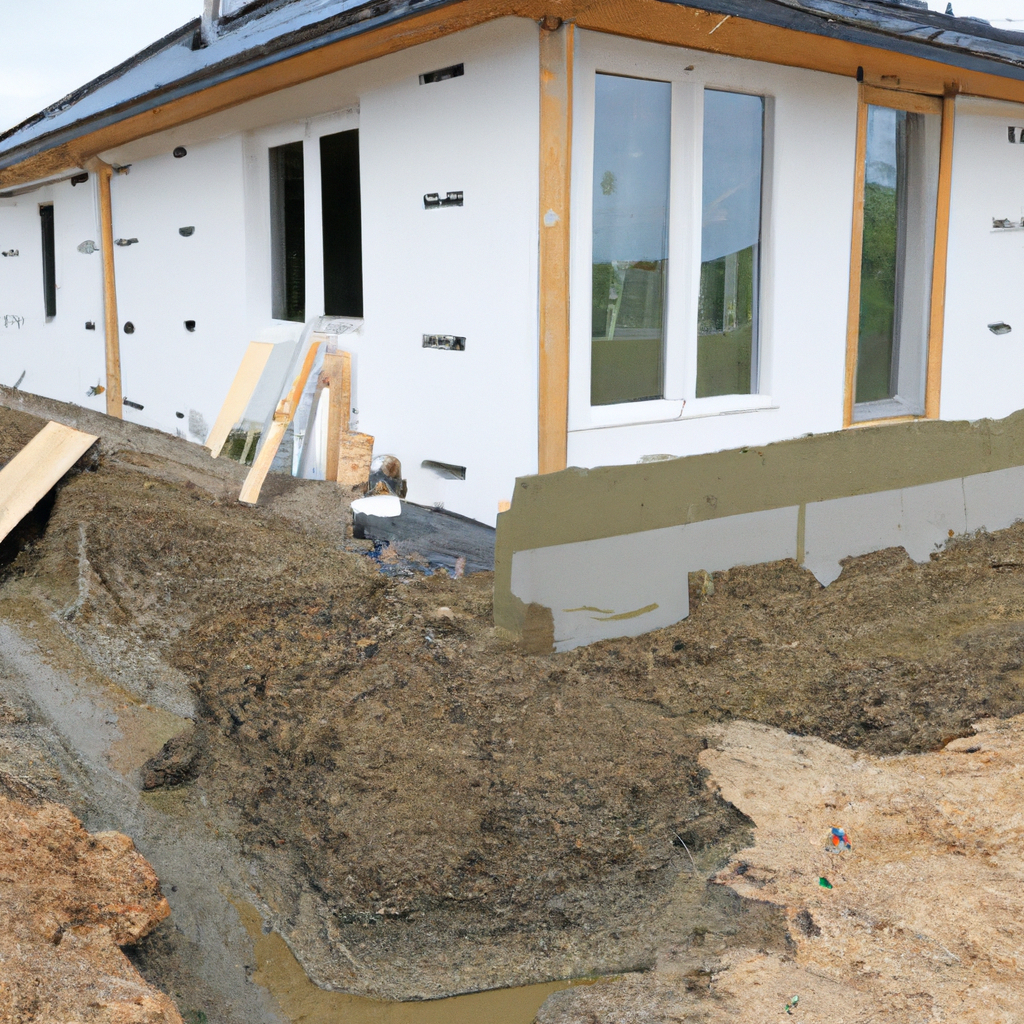Welcome to our comprehensive guide on the hidden dangers of shower leaks and how to effectively spot and fix them. A leaking shower can cause significant damage to your home, leading to costly repairs and potential health hazards. In this article, we will walk you through the process of identifying the signs of a shower leak, understanding the potential risks, and providing you with practical solutions to address the issue. By the end of this guide, you will be equipped with the knowledge and tools to prevent further damage and protect your home.
Understanding the Impact of Shower Leaks
Shower leaks can go unnoticed for extended periods, causing damage that extends beyond the bathroom. It is crucial to understand the potential risks associated with these leaks to fully grasp the importance of timely detection and repair.
Structural Damage
When water seeps into the walls, floors, or ceilings due to a shower leak, it can weaken the structural integrity of your home. Over time, this can lead to rotting wood, mold growth, and even the development of cracks in the foundation. Ignoring the issue may result in costly repairs or, in severe cases, compromise the safety of your home.
Health Risks
Mold thrives in moist environments, making a leaking shower an ideal breeding ground. Prolonged exposure to mold can cause respiratory problems, allergies, and other health issues. These risks can be particularly dangerous for individuals with existing respiratory conditions or weakened immune systems. Identifying and fixing shower leaks promptly is crucial to maintaining a healthy living environment.
Spotting the Signs of a Shower Leak
Detecting a shower leak early is key to preventing extensive damage. Here are some common signs to look out for:
Dampness or Water Stains
If you notice wet spots, discoloration, or water stains on the walls, ceiling, or floor near your shower, it could be an indication of a leak. Check for any signs of moisture that persist even after drying the area.
Peeling Paint or Wallpaper
Excessive moisture from a shower leak can cause paint or wallpaper to peel, bubble, or crack. Keep an eye out for any unusual changes in the appearance of your bathroom walls.
Musty Odors
A persistent musty smell in your bathroom could be a sign of mold growth resulting from a hidden shower leak. Even if you don’t see any visible signs of water damage, it is essential to investigate further if you detect such odors.
Decreased Water Pressure
A sudden decrease in water pressure during your shower could be an indication of a leak in the plumbing system. If your water pressure is consistently lower than usual, it’s worth investigating the cause.
Fixing Shower Leaks: A Step-by-Step Guide
Now that we have covered the potential dangers and signs of shower leaks, let’s delve into the practical steps you can take to fix them and prevent further damage.
Step 1: Identify the Source of the Leak
To effectively fix a shower leak, you must first determine its origin. Leaks can occur in various areas, including the showerhead, faucet, drain, or even the pipe connections behind the wall. Carefully inspect each component and look for any visible signs of damage or deterioration.
Step 2: Replace Faulty Seals and Gaskets
Worn-out or damaged seals and gaskets are common culprits of shower leaks. These rubber or silicone pieces help create a watertight seal between different components. If you notice any cracks, tears, or signs of deterioration, replacing them can often solve the problem.
Step 3: Repair or Replace Damaged Pipes
If the source of the leak is within the plumbing system, you may need to repair or replace the affected pipes. This step might require the expertise of a professional plumber to ensure proper installation and prevent future leaks.
Step 4: Waterproofing and Sealing
After fixing the immediate issue, it is crucial to take preventive measures to avoid future leaks. Applying waterproofing products to the shower area, such as sealants or membranes, can help create an additional barrier against water infiltration.
Step 5: Regular Maintenance and Inspection
Prevention is always better than cure when it comes to shower leaks. Establishing a regular maintenance routine, including periodic inspections, can help you identify and address potential issues before they escalate. Regularly check for signs of wear and tear, test the water pressure, and ensure all components are functioning correctly.
Conclusion
Shower leaks may seem like minor inconveniences, but their potential consequences can be far-reaching. From structural damage to health risks, it is crucial to address these leaks promptly. By understanding the signs of a shower leak, following the step-by-step guide to fixing them, and implementing preventive measures, you can safeguard your home and the well-being of your loved ones. Stay vigilant, take action, and enjoy a leak-free showering experience for years to come.
Remember, if you notice persistent leaks or are unsure about the severity of the issue, it is always advisable to seek professional assistance.

